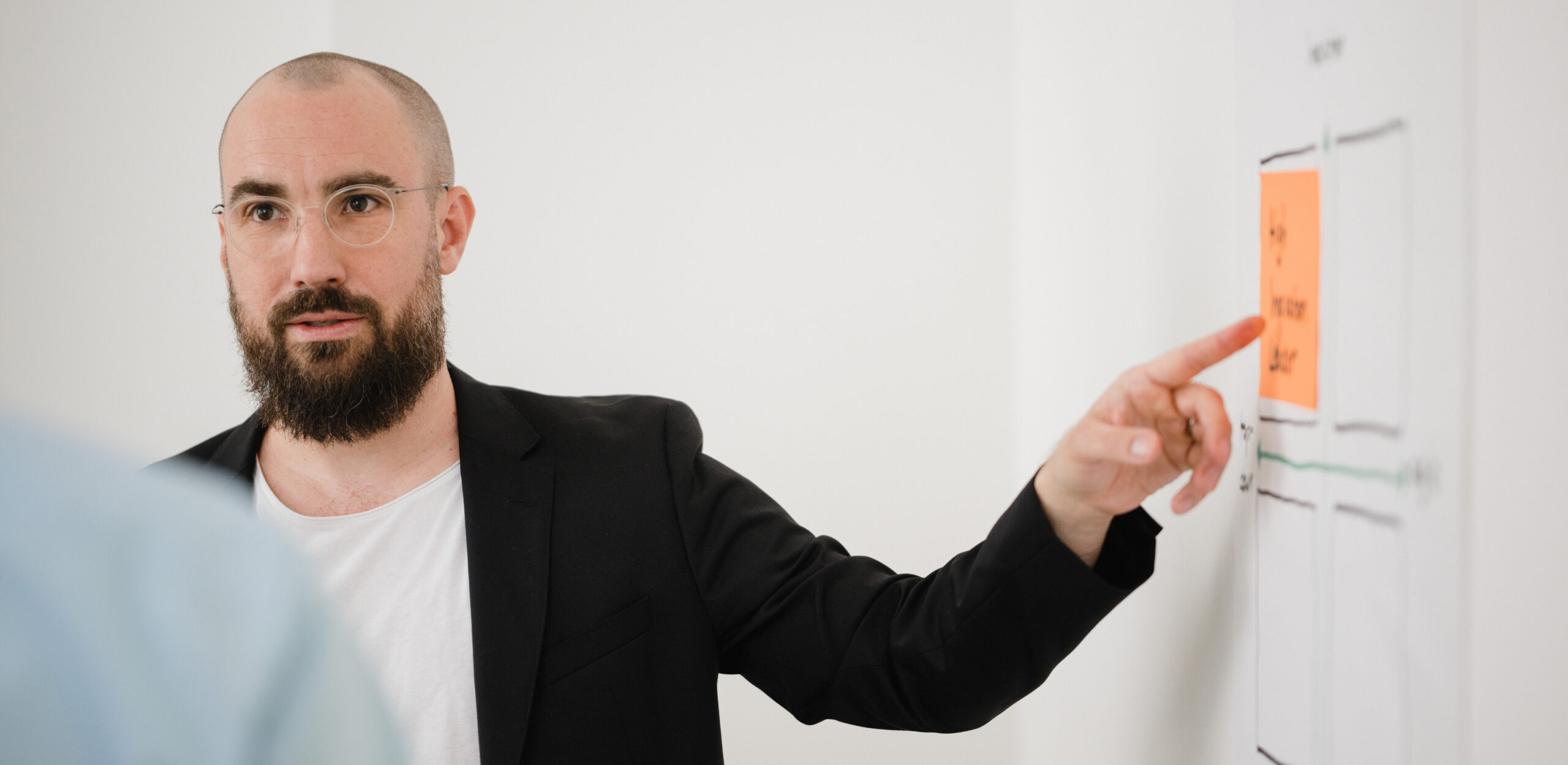Facilitation & Change
Organizational learning & growth

Holistic Approach
Transformation requires to look at organizations as complex social systems. Their visible part includes written strategies, an official org chart and a set of formal guidelines and rules. And there is the part with unwritten rules, narratives, emotions, and group dynamics. Both parts, the formal and the invisible one need to be considered when a company is required to change. Consequently, there are four main areas that should be considered:
Direction
The company’s purpose, strategy, and strategy execution
Design
Formal structures, ways-of-working, and management systems
People
Workforce, skills, and engagement
Culture
Narratives, unwritten rules and underlying assumptions
Besides, transformation always happens in a technical, economical, political, and social context that impacts the change.
Process orientation and resistance
What is an organization? From a system perspective it is the communication between people. Thus, looking at various stakeholders is key for every change process:
- Do they have a sense of urgency and did they buy into the change vision?
- How are they impacted by the change?
- What is their interest in the transformation?
- Why do they show resistance?
- How can you build strong relationship with them?
These and many more questions are helpful in designing a process that integrates different perspectives and that leaves space for creative adoptions to emerge.